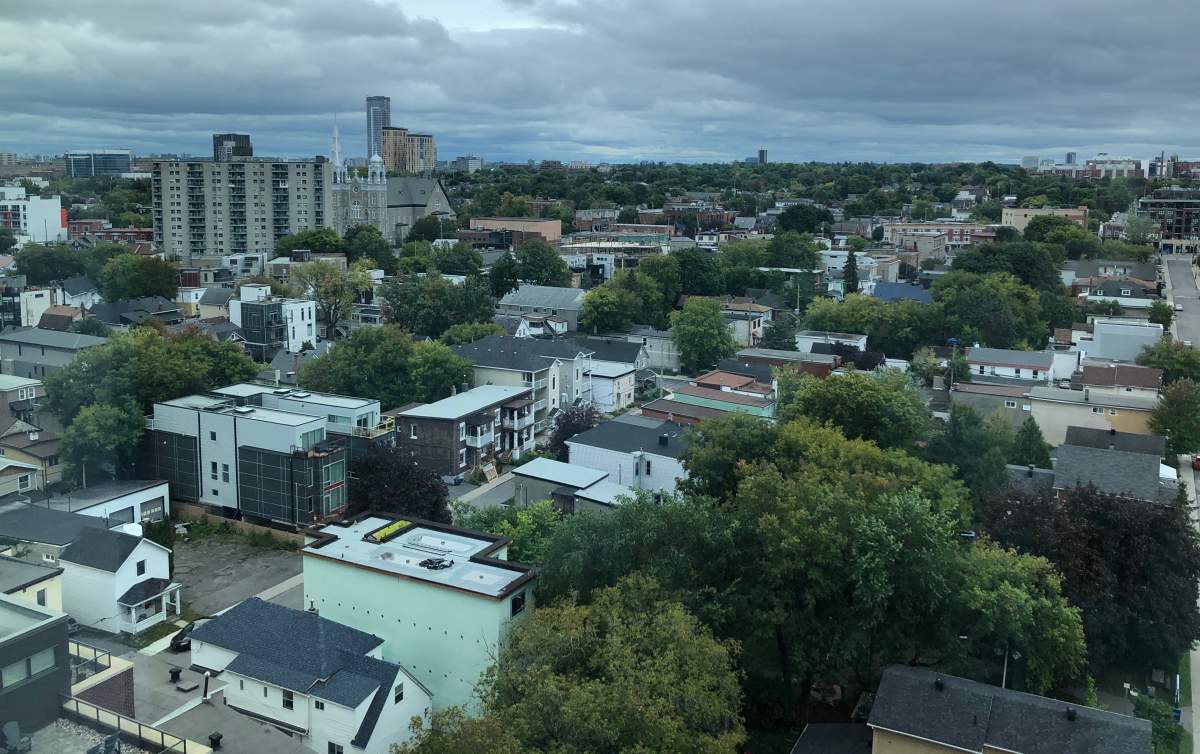The City of Ottawa is adjusting some of the details and language used in its upcoming Official Plan as staff fine-tune how major city-building initiatives are communicated and implemented over the next 25 years.

The city released its “As We Heard It” report Thursday afternoon, which summarized the feedback staff had received from residents to date on the new comprehensive plan that will dictate how Ottawa grows over the next 25 years.
The Official Plan provides the overarching vision to guide the city to 2046, by which time experts expect Ottawa’s population to grow by another 400,000 residents. City council decided last year that 60 per cent of that growth will be achieved via intensification.

Stephen Willis, Ottawa’s general manager of planning, said that while the city saw a lot of buy-in for the plan in the feedback from residents, the prospect of intensification also provoked “anxiousness” in many respondents.
Rather than dictating exact density requirements on a neighbourhood-by-neighbourhood basis, the city is softening its tact in response to concerns.
Intensification “requirements” have been replaced by “targets” with a range of units per hectare, giving more “flexibility” to the planning process, according to the report.
The draft plan has also been updated to allow single-detached homes to be rebuilt and vague terms such as “regeneration” and “consistency” have been removed in favour of more universal language.
The max height for high-rises, which are permitted along main streets, would meanwhile increase to 40 storeys from the current 30.

Get daily National news
Though 60 per cent growth through intensification over the next quarter-century is a more ambitious target than Ottawa has hit in the past, Willis said it won’t transform the burgeoning metropolis into a cluster of city-wide skyscrapers.
“Most people thought of intensification as tall buildings only,” he said.
Willis puts a different spin on the issue: intensification doesn’t look like high-rises on every corner, it’s about having more housing choice in each neighbourhood, he says. Rapid price acceleration across Ottawa has kept some areas of the city out of reach for first-time homebuyers, but the new Official Plan could open up pockets of affordability.
“Parents know that their kids can’t buy houses in their own neighbourhoods right now,” Willis said.
Batches of townhomes, the occasional mid-rise apartment and other ranges of housing in a variety of neighbourhoods could provide options for communities’ new and existing residents. While a two-bed apartment could be right for a young family moving into a neighbourhood, it could also fit the needs of a long-time resident who ages out of their home but doesn’t want to move far from their roots.
Urban planner Alain Miguelez, who oversees the Official Plan and other neighbourhood development policies in Ottawa, says the final result won’t transform existing communities in the way some residents might expect.
“You come back to Ottawa in 25 years? You’re going to recognize it. You’re going to recognize the neighbourhoods,” he says.
Miguelez says planners have tried to integrate the “themes” that emerged in Official Plan consultations into the final document, but specific asks aren’t always tenable.
Some directions from residents, such as a call to make sure the infrastructure surrounding future development sites is in place before shovels hit the dirt, aren’t always feasible under Ontario’s Planning Act.
Development charges derived from building permits are needed to fund the cost of infrastructure such as roads, which ends up putting carts before horses from time to time.
“There is a catch-up game sometimes,” says Willis, who notes decisions such as where new schools are added are also in the province’s hands.
The Official Plan is bound by decisions made at city council on one end and by provincial legislation and timelines on the other, leaving planners in the middle, hoping to create a coherent document for final approval in the fall.
“It’s really hard to build consensus on a planning document,” Willis says.
The Official Plan, and subsequent secondary plans and new zoning bylaws that will flow from it, are documents that guide the “how,” not the “what,” of city building, Miguelez says.
It’s also a “living, breathing document,” Willis says, which lends itself to amendments if an initial policy direction doesn’t end up working for a particular neighbourhood context.
“As we learn things, we’ll adapt,” he says.
The city will host a series of follow-up consultations on the report, which residents can attend based on which section of the city they live in:
- June 22, 6:30 p.m. Rural Public Meeting
- June 23:
- 5:30 p.m. Suburban Public Meeting
- 7:00 p.m. Outer Urban Public Meeting
- June 24, 6:30 p.m. Downtown Public Meeting
- June 28, 6:30 p.m. Inner Urban Public Meeting








Comments